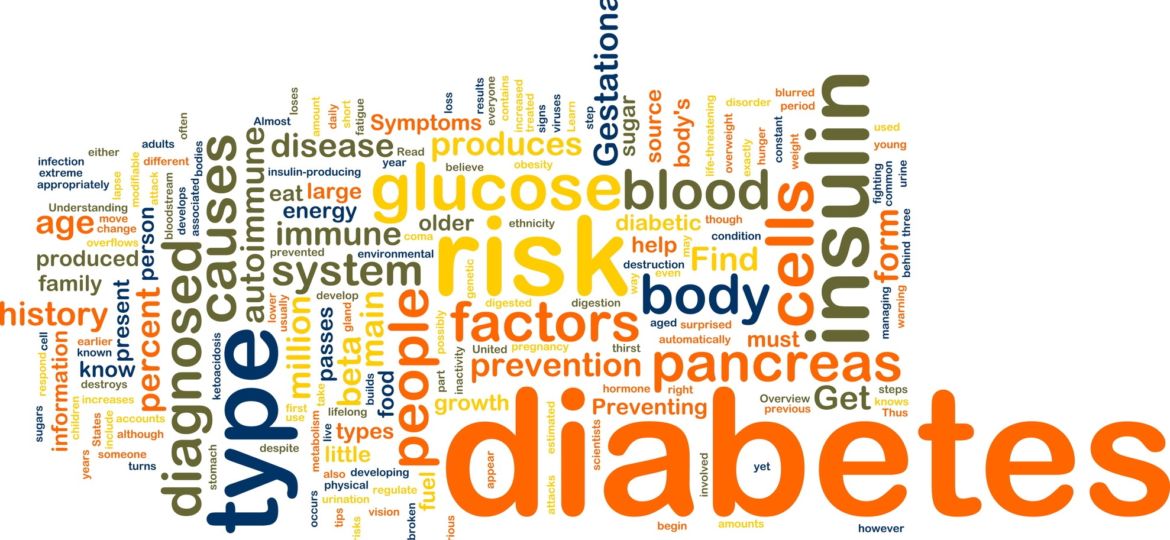


As a Paramedic I am no expert in diabetes and all its intricacies.
However, I am regularly tasked with managing a patient that has had a hypoglycaemic episode and sometimes a hyperglycaemic event. (Hypoglycaemia being low blood sugar and hyperglycaemia being high blood sugar)
My experience in attending a diabetic having a “hypo” has shown that in every case, there has been someone there assisting the patient.
A first aider
Now most of the people assisting the patient have been friends and family. Some on the other hand have had no knowledge of the patient’s health issues. These may have been people sitting in a pub or work colleagues that have suddenly been confronted by someone confused, sweaty and deteriorating. I’ll get to the signs and symptoms soon. The point here is that a diabetic experiencing a low can come out of the blue and you as a first aider may be in the firing line.
Let’s look at a presentation.
Darryl is an insulin dependent diabetic (IDDM). He has had a cold for a few days but is now starting to feel tired and not quite himself. He regularly checks his blood sugar levels and administers himself insulin at the correct time. Now here’s something odd about colds and blood sugar. A cold can stress the body and make it difficult for your insulin to work as normal, which can increase the blood sugar. However, we all know that when we have a cold we tend not to eat as normally as usual, so Darryl hasn’t been eating well, has been taking his insulin as normal but now he is feeling ill, he’s becoming very sweaty, confused and agitated. Soon he is unconscious.
It was interesting to note in a first aid course lately that when presented with this scenario, the students did all the basics very well. They described how they would place Darryl on his side, they would reassure him (even though he had a decreased level of consciousness), if they didn’t know Darryl the first aid students would search for a medi-alert bracelet or check his phones lock screen for emergency information and call 000 for an ambulance. All of these are correct, but there is still more. I enquired further, “what happens when you sweat?” I said. Lots of ooohs and aaahs and yes keep him warm with blankets they said. Tick! Then someone mentioned putting sugar or honey in his mouth. Now in first aid training we all know that adding anything into the mouth of an unconscious patient is a no-no as it may result in an airway obstruction. Their comeback was that he is on his side and perhaps some sugars would be absorbed by the mouth. In a way that is probably correct and 10/10 for the thought, but I stand by the comment that you shouldn’t put anything in an unconscious patients mouth.
Another comment was to find Darryl’s insulin and inject him. Which is of course not a great idea either.
You see, first aiders are not trained to deliver insulin injections and doing so may lead to some serious issues such as negligence. First aiders must always only treat to their standard of first aid training so this would be going outside their scope. That answers the question but not to mention, first aiders don’t draw up medications, it doesn’t go into what dose would actually be administered, or the huge point that the patient really doesn’t need any more insulin floating around their system at this time.
I must admit, I liked the fact that the students/participants were thinking outside the square and were using problem solving techniques. I liked the interaction of this class as they were really interested in the first aid training and think that they all did exceptionally well.
Written by Steve Riley

